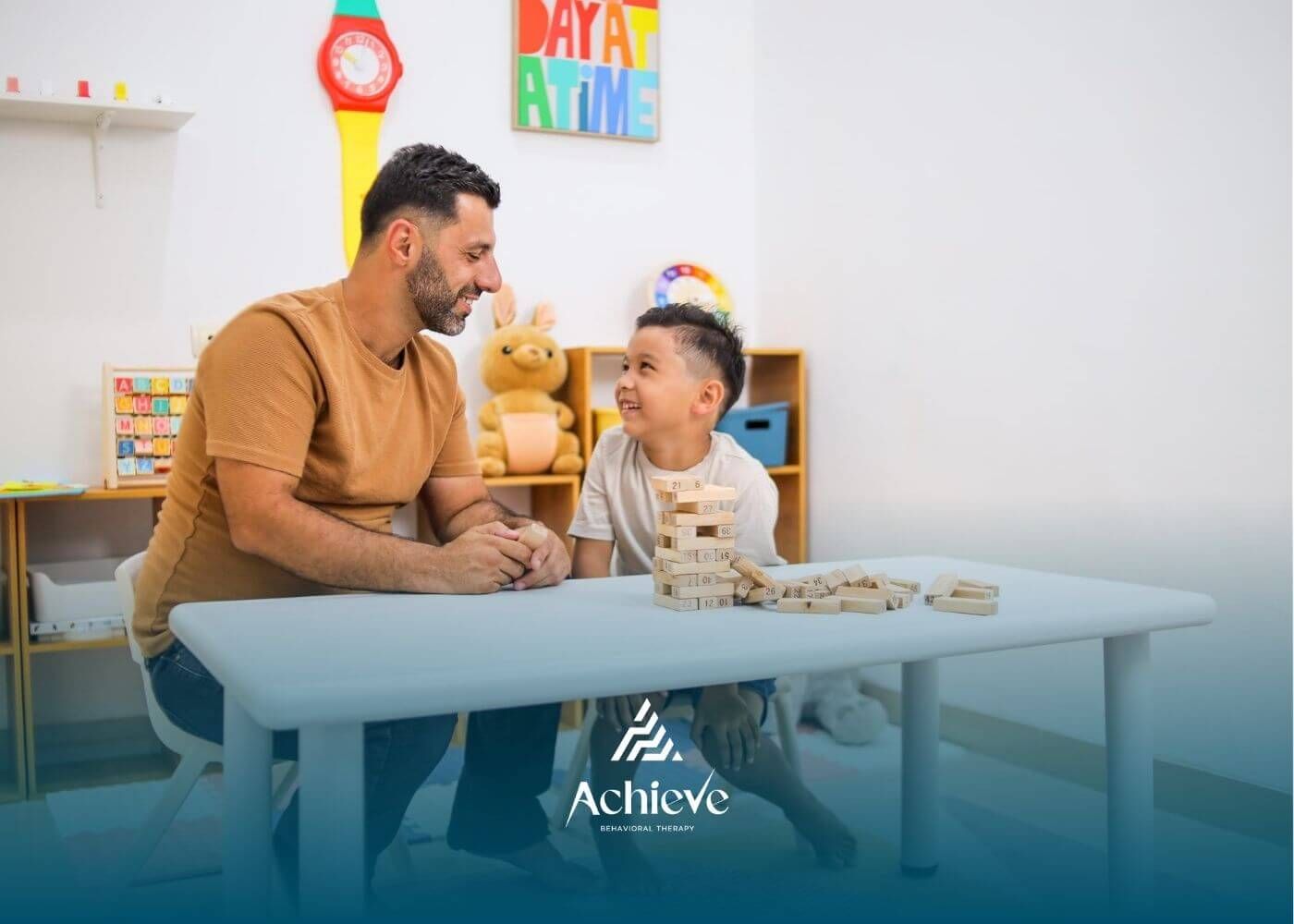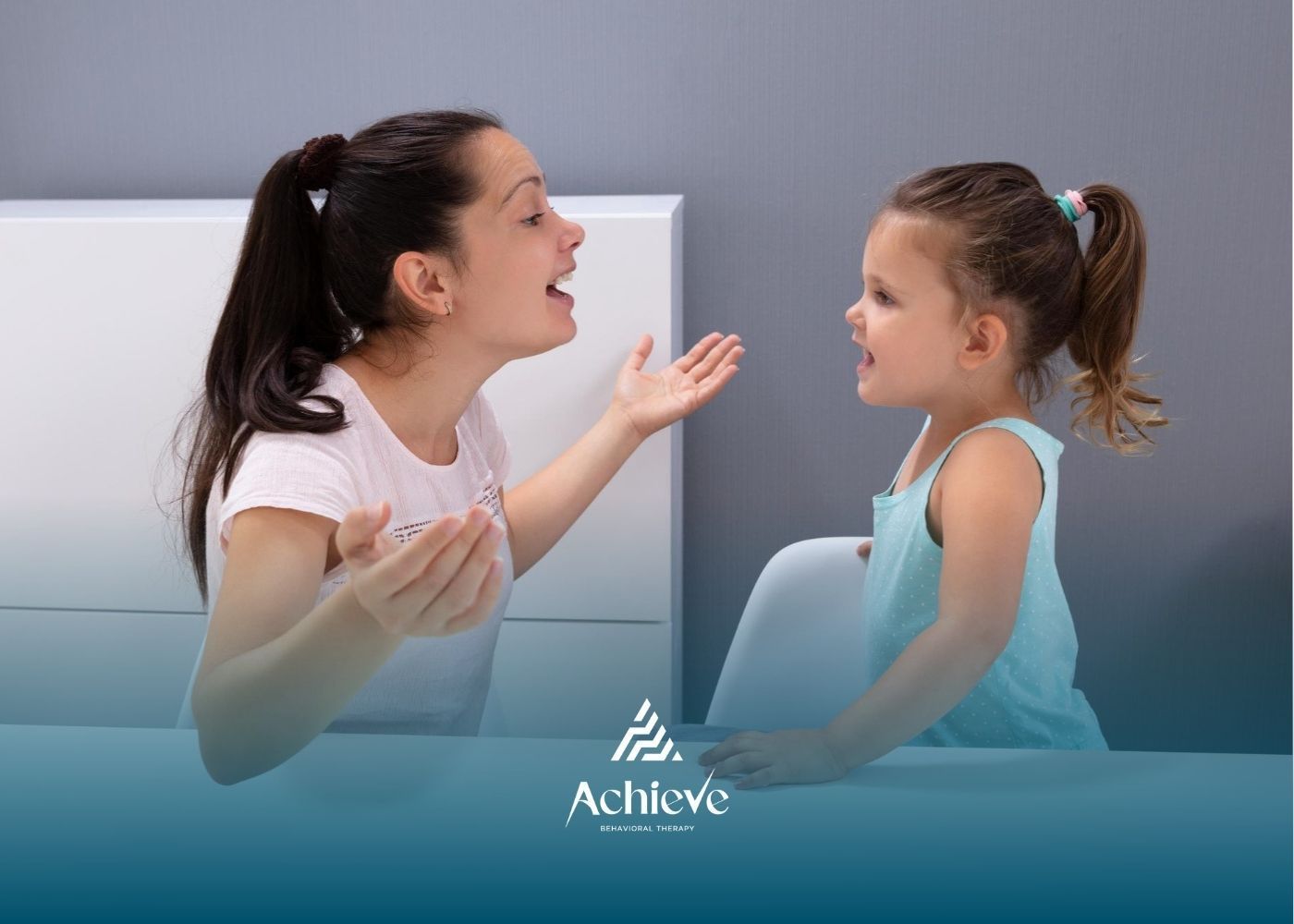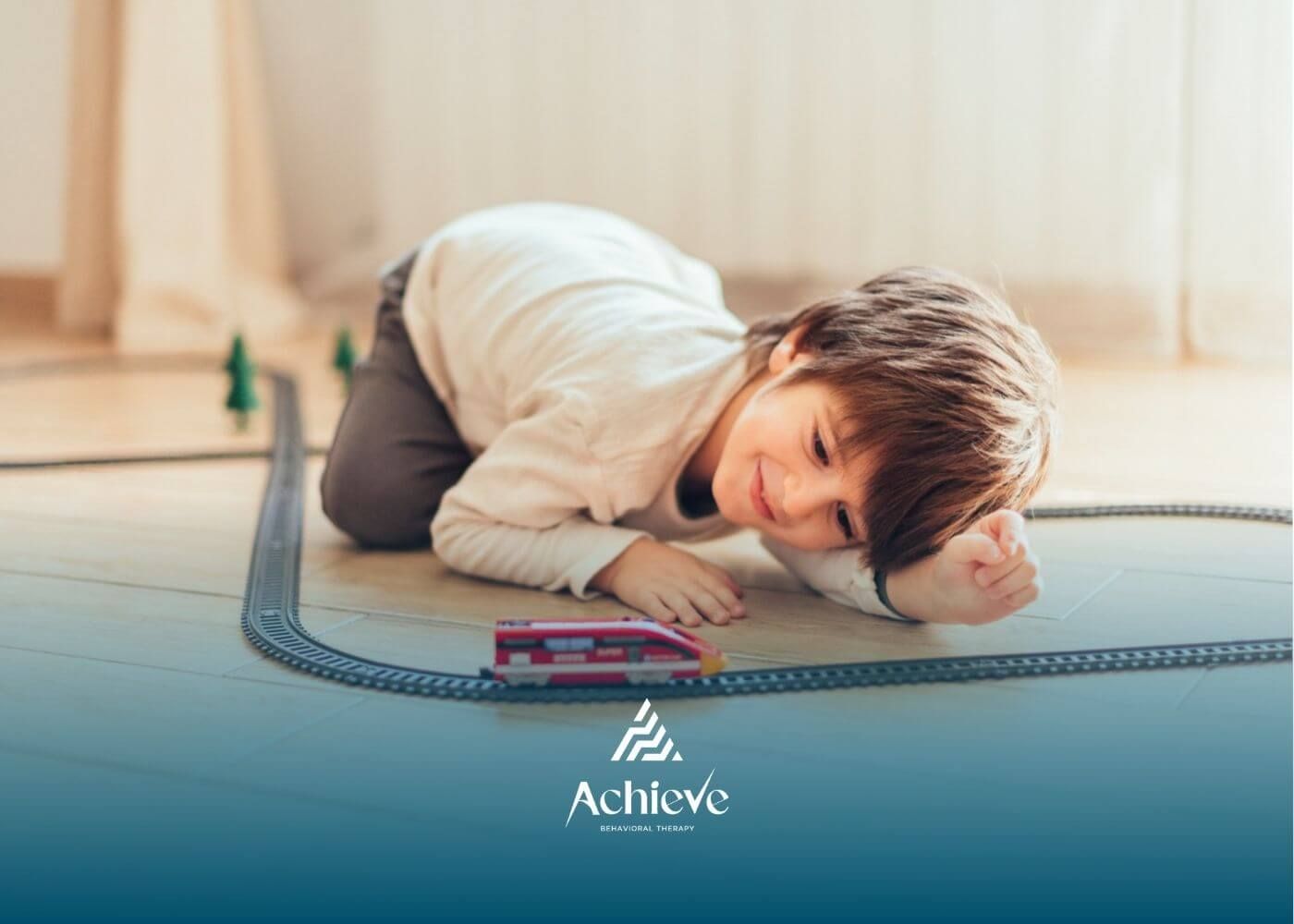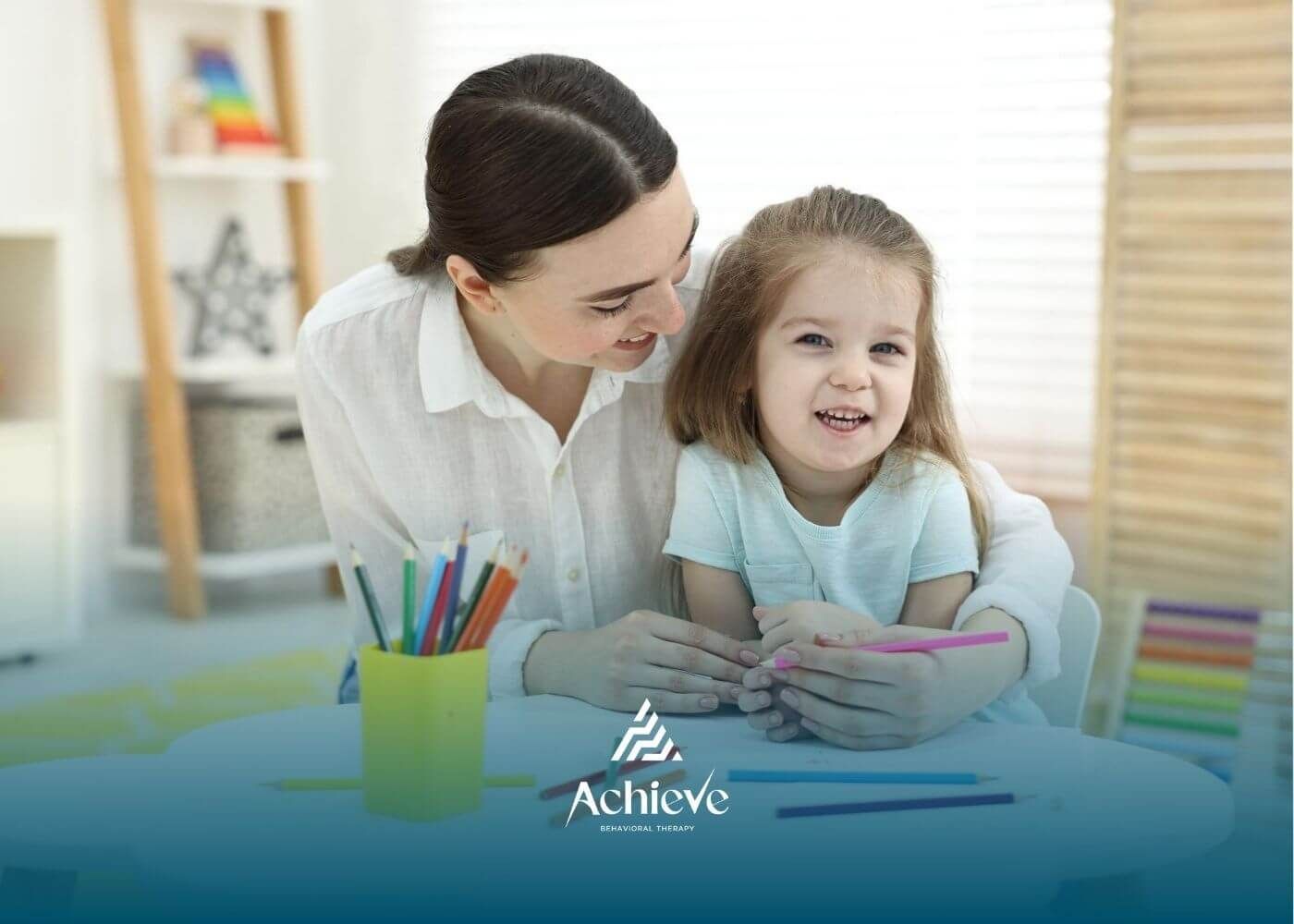How ABA Therapy Differs for Toddlers & Teens

Applied Behavior Analysis (ABA) therapy isn’t just for young children — it’s effective across all ages. But the way ABA looks for a toddler compared to a teen can be very different. While both age groups benefit from behavior-focused learning and skill-building, the strategies, goals, and session styles are tailored to meet their unique developmental needs.
Understanding the Difference
ABA therapy always follows the same core principles — breaking down complex skills into manageable steps, using positive reinforcement, and focusing on measurable progress. What changes with age is how those principles are applied and what goals are prioritized.
ABA Therapy for Toddlers
In the early years, ABA often focuses on building foundational life skills and communication. For toddlers with autism, early intervention can be life-changing — helping them learn to express needs, engage socially, and manage early behaviors in a fun, play-based way.
What ABA Looks Like for Toddlers:
- Short, engaging activities that hold attention
- Emphasis on play, imitation, and early language development
- Teaching simple routines like sharing, sitting at the table, or following directions
- Building connections between words, gestures, and emotions
ABA therapy for toddlers is highly hands-on, often taking place in the home with parents actively involved. It’s about creating a positive, nurturing environment where learning feels natural — not forced.
ABA Therapy for Teens
ABA therapy for teens focuses on independence, confidence, and preparing for real-world challenges. Teenagers benefit most from programs that address social awareness, emotional regulation, academic success, and transition skills for adulthood.
What ABA Looks Like for Teens:
- Building social and communication confidence
- Learning coping strategies for anxiety or frustration
- Developing study skills and classroom behavior supports
- Working on life skills like money management, self-care, or job readiness
- Practicing self-advocacy and decision-making
Sessions for teens are more collaborative — they’re encouraged to share input and take ownership of their progress. ABA for teens is less about structured drills and more about meaningful, age-appropriate goals.
Whether your child is a toddler learning to communicate or a teen preparing for independence, the best ABA therapy feels personal, compassionate, and flexible. The key is working with a provider who adapts their approach to your child’s stage of life.
At Achieve ABA, every program is customized to support your child’s growth — emotionally, socially, and academically. Our expert team offers:
- In-home ABA therapy for comfort and convenience
- School-based ABA therapy for success in learning environments
- Telehealth ABA therapy for accessible support anywhere
Achieve ABA proudly serves families in New Jersey, Virginia, and North Carolina.
Ready to help your child — toddler or teen — reach their full potential?
Contact Achieve ABA today to start building a brighter, more confident future.
FAQs
Is ABA therapy effective for teenagers with autism?
Yes! ABA helps teens strengthen social skills, manage emotions, and develop independence — all key areas for long-term success.
At what age should ABA therapy start?
ABA can begin as early as age two. Early intervention for autism is shown to have lasting benefits on communication and development.
Can ABA therapy be adjusted as my child grows?
Absolutely. ABA is flexible and evolves with your child’s needs — from playful toddler sessions to teen-centered skill-building.
Sources:
- https://www.healthychildren.org/English/health-issues/conditions/Autism/Pages/Early-Signs-of-Autism-Spectrum-Disorders.aspx
- https://www.autismspeaks.org/applied-behavior-analysis
- https://www.littleraysaba.com/blog/4-learning-stages-in-aba-therapy
- https://my.clevelandclinic.org/health/treatments/25197-applied-behavior-analysis
- https://www.cdc.gov/autism/treatment/index.html
Need Support?
We're Here to Help!
Our experienced team is ready to assist you. Reach out today to discuss how we can support your child's development and well-being.
Get started with expert ABA therapy today.













